Paleo data encode changes in the planetary climate, on the scale of the entire history of Earth. These data may be obtained using a wide variety of geological methods. With the GHub gateway, we hope to smooth the way for collaborative use of and easy access to these informative datasets for forecasting ice sheet melting. Efforts are now underway to extract basin information from existing models.
- Climate Forcing Datasets
- Paleoclimate Records
- Geochronology Databases
- GIS Layers
Climate Forcing Datasets
This will be a list of Climate Forcing Datasets. This is a place holder for now Resources Page.
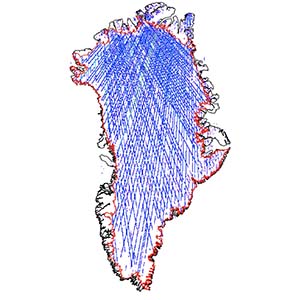 |
|
|
| Input altimetry data (ICESat, ERS-1/2, Envisat) processed for use with the Cryosphere model Comparison tool (CmCt), a tool that facilitates direct comparison between satellite observational data and ice sheet models. |
|
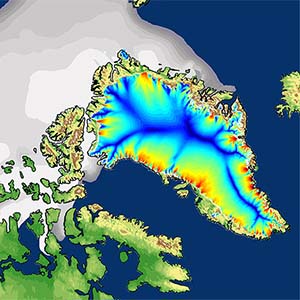 |
|
|
| Data for the CESM ice sheet model, used for predicting ice sheet retreat and sea level rise in a warming climate. |
|
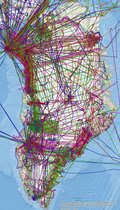 |
|
|
| GIS-ready IceBridge ATM L2 Icessn Elevation, Slope, and Roughness data of Greenland land ice |
|
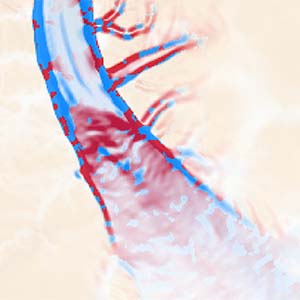 |
|
|
| Datasets of 2D principal strain rates and principal stresses across the surface of the Greenland Ice Sheet. |
|
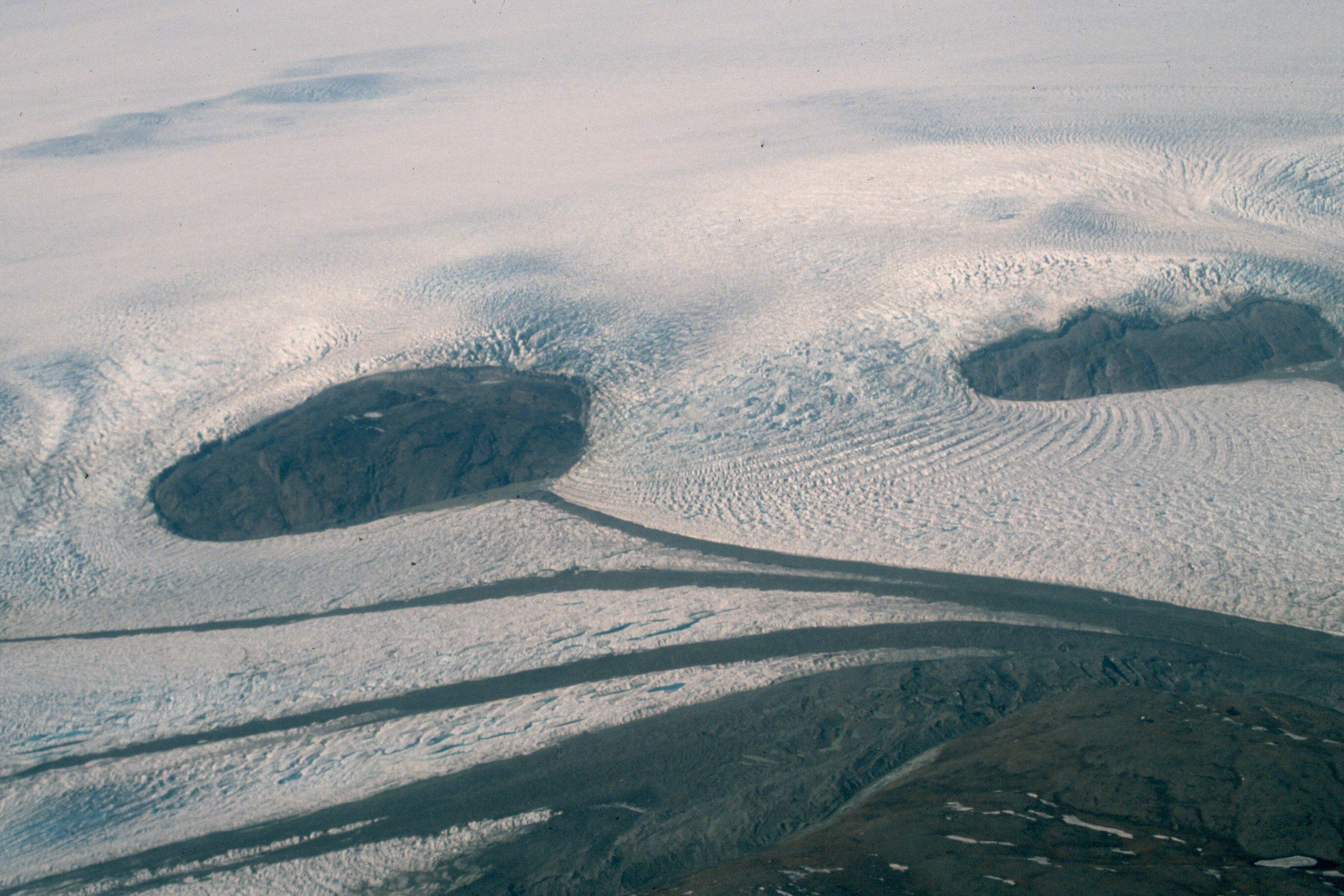 |
|
|
| Mass Balance and Velocity Data for Greenland's Ice Sheets at High Elevations (Thomas et al., Science, 2001). |
|
Paleoclimate records
Paleoclimate datasets from the polar regions. Does it have to only be the polar regions? what is datasets from other areas are of use? Could we be biasing our analysis if there are teleconnections?
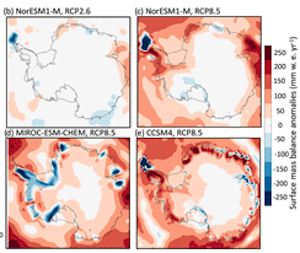 |
|
|
| These datasets contain the 21st century atmospheric and oceanic forcing datasets used for Greenland and Antarctic standalone ice sheet model simulations as part of the ISMIP6 project. |
|
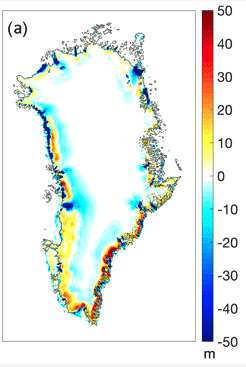 |
|
|
| This dataset provides the Greenland ice sheet model output produced as part of the ISMIP6 Project (Eyring et al., 2016; Nowicki et al. 2016). |
|
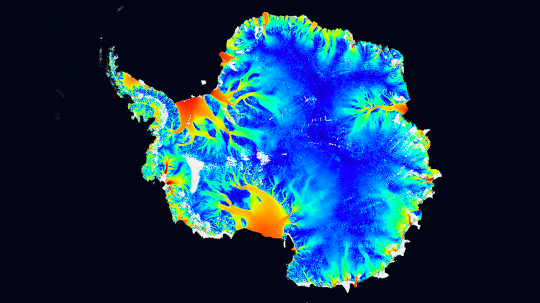 |
|
|
| This dataset provides the Antarctic ice sheet model output produced as part of the ISMIP6 Project (Eyring et al., 2016; Nowicki et al. 2016). |
|
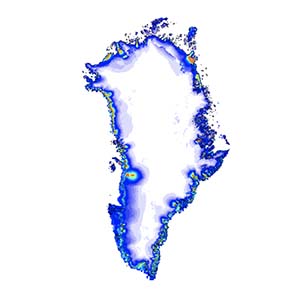 |
|
|
| This dataset contains the initMIP-Greenland model simulations from the ISMIP6 Project. |
|
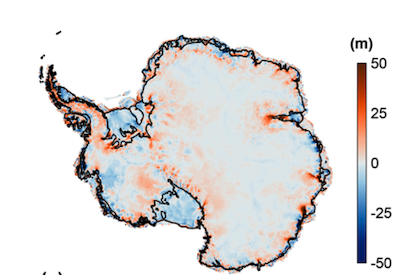 |
|
|
| This dataset contains the initMIP-Antarctica model simulations from the ISMIP6 Project. |
|
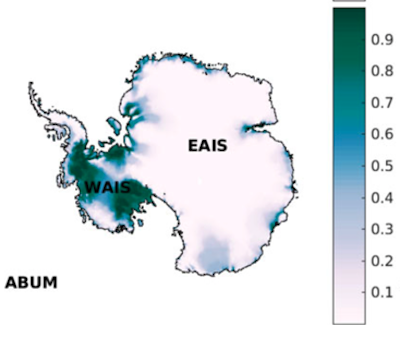 |
|
|
| These datasets contain the ice sheet model simulation from the ABUMIP (Antarctic BUttressing Model Intercomparison Project) effort. |
|
Other ice sheet science datasets
Here we link to collaborators and other institutions hosting useful resources for ice sheet data.
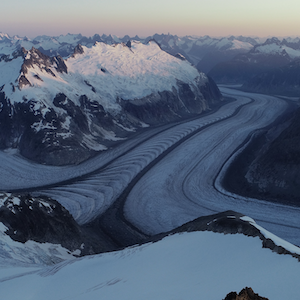 |
|
|
| Browse Pangeo use cases using the notebooks in this gallery. Load, analyze and plot commonly used glaciological and other datasets. |
|
 |
|
|
| Choose from hundreds of scientific data sets, focusing on the cryosphere and its interactions. These data, collected by satellites and field observations, come from NASA, NSF, NOAA, and other programs. |
|
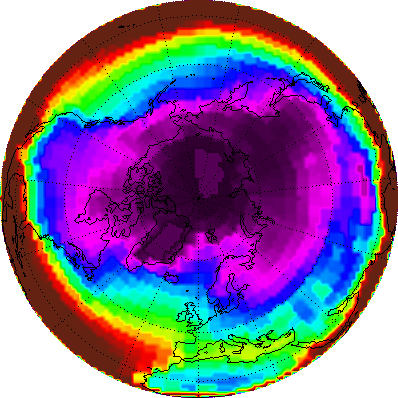 |
|
|
| These data are derived from natural sources such as tree rings, ice cores, corals, and ocean and lake sediments. These proxy climate data extend the archive of weather and climate information hundreds to millions of years. |
|
 |
|
|
| These data sets cover the earth's atmosphere, ocean, land and more. Explore climate indices, reanalyses and satellite data and understand their application to climate model metrics. |
|
 |
|
|
| This portal hosts NASA sea level science and interdisciplinary research tools. |
|
 |
|
|
| This dashboard's climate knowledge and technical capabilities from across ESA Member States supports research and development. |
|
 |
|
|
| Here are climate data and analysis tools hosted at the National Center for Atmospheric Research. |
|
 |
|
|
| This mapping tool for research and teaching on Greenland combines datasets into a GIS analysis and visualization environment. |
|
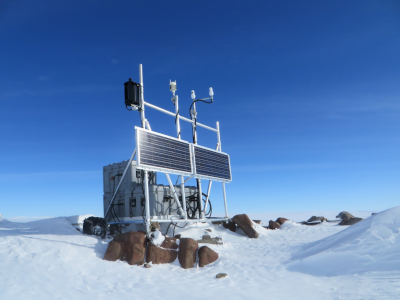 |
|
|
| The G-NET network consists of 46 continuous GPS stations spread across Greenland to map the steady vertical velocity field associated with postglacial rebound. This data helps scientists detect and analyze abrupt changes in the rate of ice loss. |
|
GIS Layers
Here we link to collaborators and other institutions hosting useful resources for ice sheet data.
 |
|
|
| Browse Pangeo use cases using the notebooks in this gallery. Load, analyze and plot commonly used glaciological and other datasets. |
|
 |
|
|
| Choose from hundreds of scientific data sets, focusing on the cryosphere and its interactions. These data, collected by satellites and field observations, come from NASA, NSF, NOAA, and other programs. |
|
 |
|
|
| These data are derived from natural sources such as tree rings, ice cores, corals, and ocean and lake sediments. These proxy climate data extend the archive of weather and climate information hundreds to millions of years. |
|
 |
|
|
| These data sets cover the earth's atmosphere, ocean, land and more. Explore climate indices, reanalyses and satellite data and understand their application to climate model metrics. |
|
 |
|
|
| This portal hosts NASA sea level science and interdisciplinary research tools. |
|
 |
|
|
| This dashboard's climate knowledge and technical capabilities from across ESA Member States supports research and development. |
|
 |
|
|
| Here are climate data and analysis tools hosted at the National Center for Atmospheric Research. |
|
 |
|
|
| This mapping tool for research and teaching on Greenland combines datasets into a GIS analysis and visualization environment. |
|
 |
|
|
| The G-NET network consists of 46 continuous GPS stations spread across Greenland to map the steady vertical velocity field associated with postglacial rebound. This data helps scientists detect and analyze abrupt changes in the rate of ice loss. |
|
Not finding what you're looking for? Contact Us
Not registered? Join us on GHub! Register now.

















